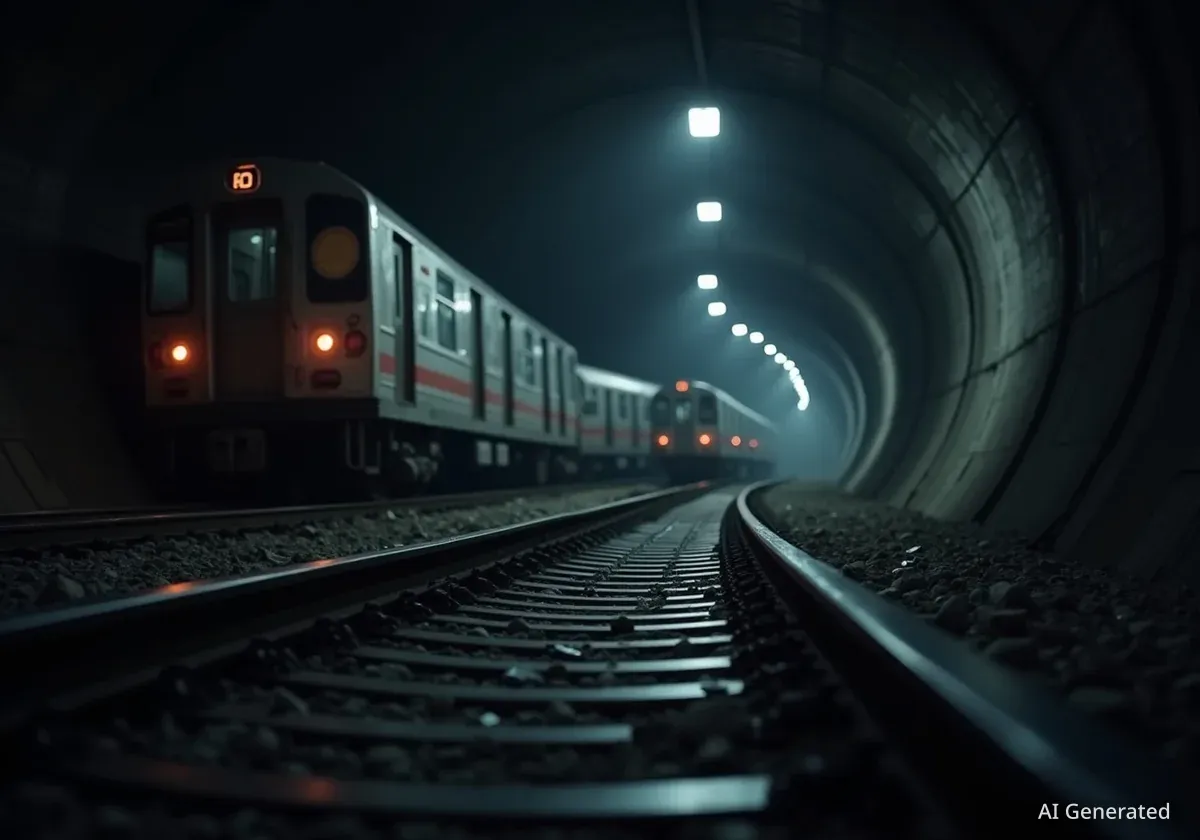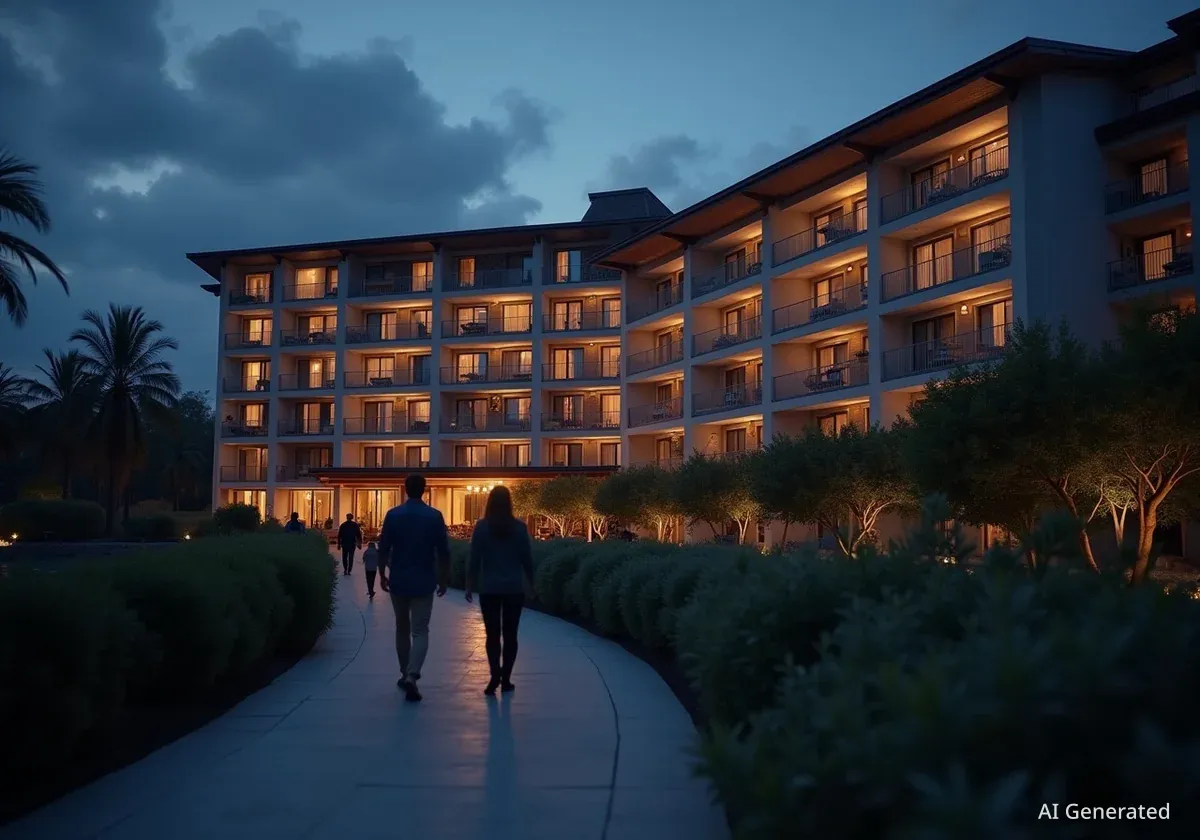The Metropolitan Transportation Authority (MTA) is actively investigating an incident where three subway cars unexpectedly detached from a No. 4 train in the Bronx. The event occurred near the 149th Street-Grand Concourse station on Sunday evening, causing significant service disruptions and concern among commuters. Fortunately, no injuries were reported.
Key Takeaways
- Three cars detached from a 10-car No. 4 subway train in the Bronx.
- The incident happened near the 149th Street-Grand Concourse station on Sunday around 5:30 p.m.
- No injuries were reported among passengers or staff.
- MTA officials confirmed the train's safety systems activated as designed, bringing both sections to a safe stop.
- All R142 model subway cars will undergo inspection for potential defects.
Unexpected Separation Halts Service
On Sunday, a routine No. 4 train journey turned into an unusual event when several cars separated from the rest of the train. The incident took place at approximately 5:30 p.m. as the train approached the 149th Street-Grand Concourse station. This unexpected decoupling left three cars detached from the main 10-car consist, bringing subway service to a complete halt.
Emergency services and MTA personnel quickly responded to the scene. Eyewitness accounts and visual evidence showed police flooding the station. Cables stretched between the separated cars, illustrating the unexpected nature of the incident. Commuters faced immediate delays and detours as the situation unfolded.
Incident Details
- Date: Sunday evening
- Time: Approximately 5:30 p.m.
- Location: Near 149th Street-Grand Concourse station, The Bronx
- Train Line: No. 4 train
- Cars Involved: Three cars detached from a 10-car train
Safety Systems Activated Successfully
Despite the alarming nature of the incident, MTA officials confirmed that the train's safety mechanisms functioned as intended. New York City Transit President Demetrius Crichlow described the car separation as an "unusual incident." However, he emphasized that the train's brakes immediately engaged on both sections once the detachment occurred.
"The system itself failed as it should have in a safe position. The train brakes when applied, brought the train, both sections of the train to a stop safely," Crichlow stated.
This automatic activation prevented further movement of the separated sections, likely contributing to the absence of injuries. The prompt response of these safety features is a key point in the ongoing investigation.
Passenger Rescue and Commuter Impact
Following the incident, a rescue train was dispatched to the station. Passengers onboard the disabled train were safely transferred to the platform. While the exact number of people on the train at the time of the decoupling remains unclear, the MTA's priority was the safe evacuation of all individuals.
The incident caused considerable stress for those directly affected and for family members awaiting their arrival. Bridget Berkley, a mother waiting for her son, expressed her anxiety. "It's panicky, it's very panicky, I've been standing here stressed and worried for my son and waiting and just praying for his return, that's all," she shared with reporters at the scene.
Understanding Train Decoupling
Train decoupling, or car separation, is a rare but serious mechanical failure where one or more cars detach from the rest of a train. This can be caused by various factors, including mechanical defects in the coupling mechanisms, stress on the connectors, or issues with the train's structural integrity. Modern subway systems are designed with fail-safe mechanisms to automatically apply brakes if a separation occurs, aiming to prevent collisions or further movement of uncontrolled cars.
Extensive Investigation Underway
The MTA has launched a comprehensive investigation to determine the precise cause of the car detachment. A crucial step in this process involves inspecting all R142 model subway cars. This widespread inspection aims to identify any potential manufacturing defects or maintenance issues that could have contributed to the incident or pose a risk to other trains in the fleet.
Service has since been restored to the affected subway station, but the investigation continues. Officials are reviewing maintenance records, examining the detached cars, and analyzing data from the train's operational systems. The goal is to prevent similar incidents from happening in the future and ensure the ongoing safety of New York City's subway network.
Focus on R142 Model Cars
The decision to inspect all R142 model subway cars highlights a specific focus for the investigation. These cars are a significant part of the MTA's fleet. Identifying any systemic issues within this model is critical for passenger safety. The inspections will likely involve detailed checks of coupling systems, structural components, and overall mechanical integrity.
- Investigation Focus: Mechanical failure, potential defects.
- Inspection Scope: All R142 model subway cars.
- Goal: Prevent future incidents, ensure fleet safety.
The MTA's commitment to a thorough review underscores the importance of public transit reliability and safety for millions of daily commuters. The findings from this investigation will inform future maintenance protocols and potentially lead to equipment modifications.





